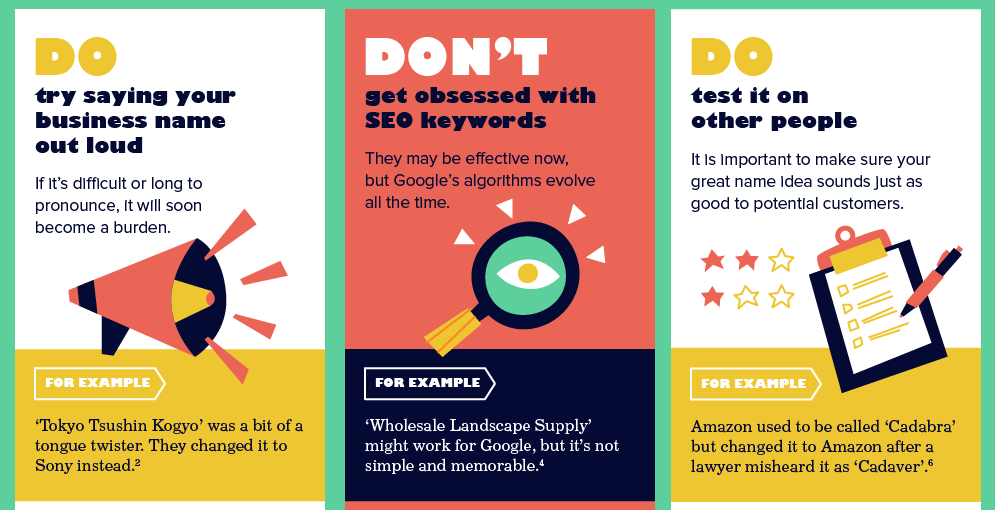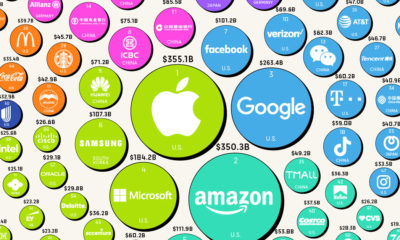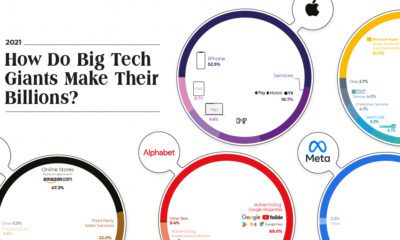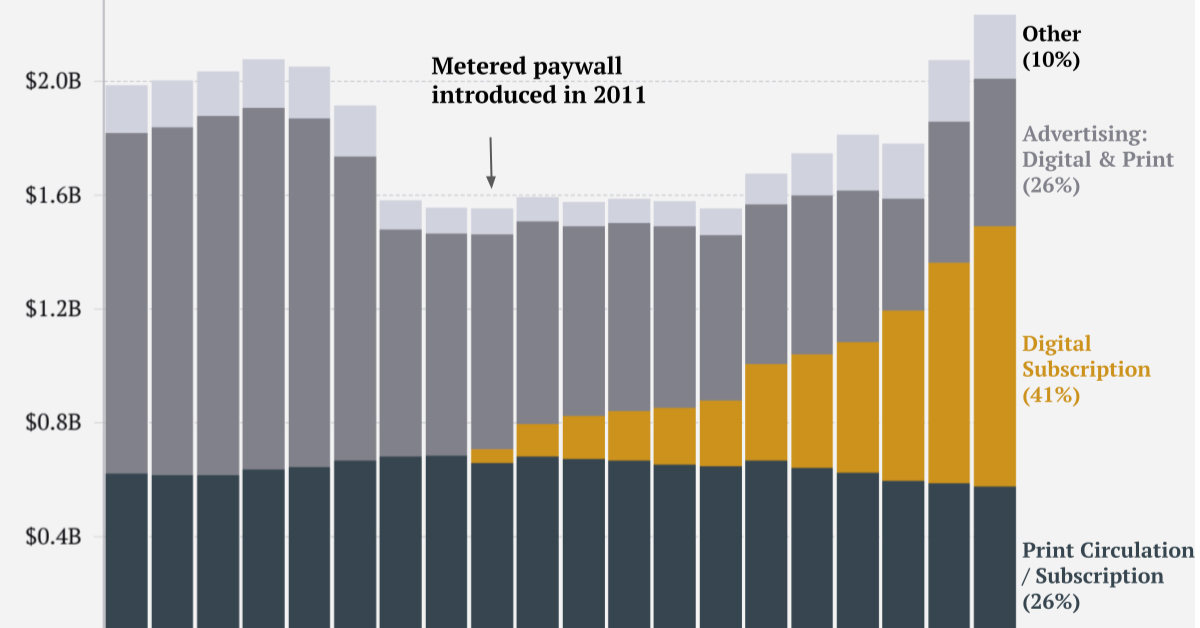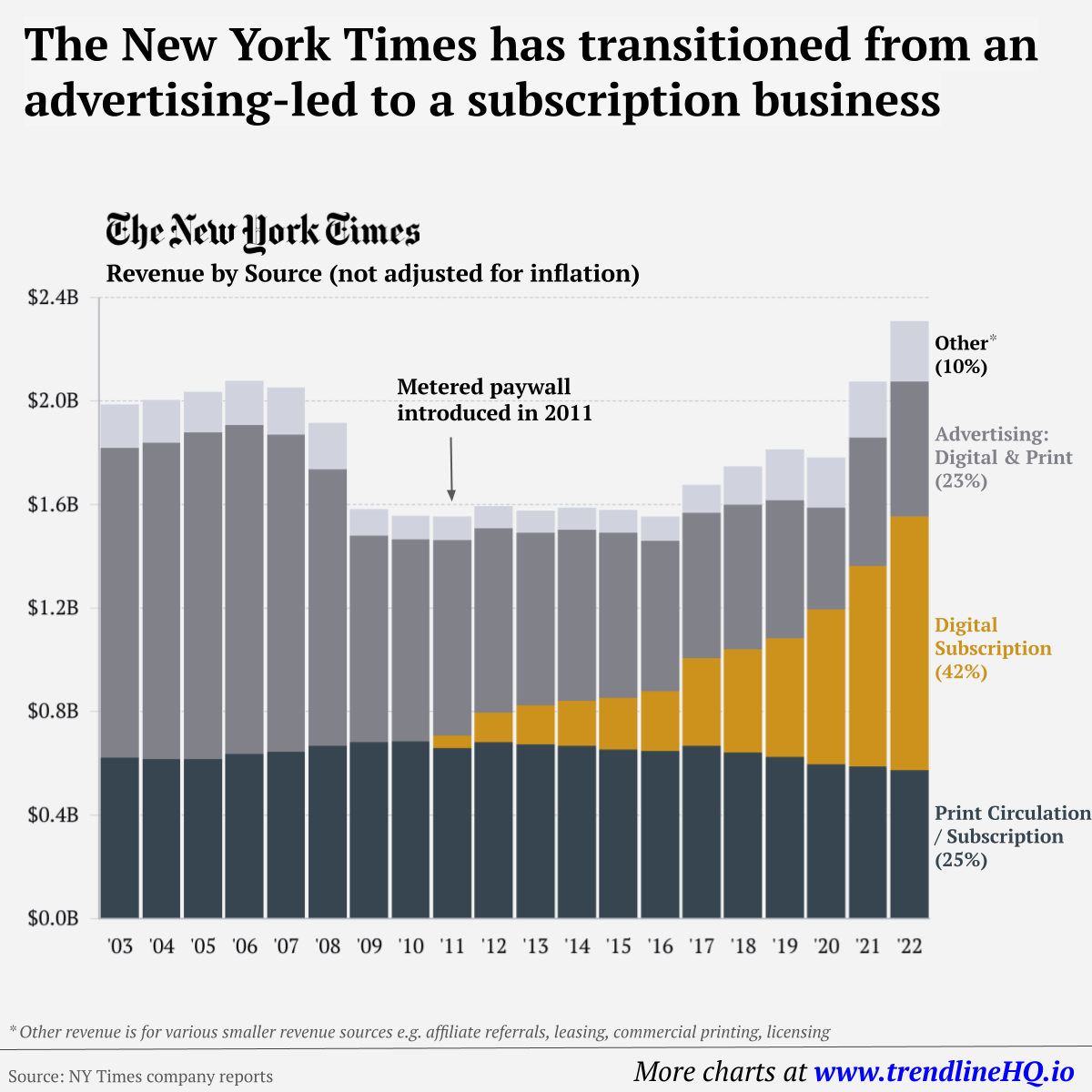The reality is that most businesses end as failures, and early decisions are extremely critical. While it’s tempting to downplay the importance of coming up with a business name, the fact is that the first impression made on customers and suppliers has a massive bearing on the success of your enterprise. Ideally, a business name needs to be short and memorable – but it also needs to stand the test of time, while not limiting future expansion opportunities.
Business Names 101
Today’s infographic comes from The Business Backer and it provides points to consider when naming a new business. Importantly, famous examples of mistakes made by well-known companies are also provided for reference.
Of course, this is just a set of guidelines, and rules can certainly be broken under the right circumstances. However, it’s important to at least keep these guidelines in consideration, otherwise you may end up with a brand that means something quite atrocious in a foreign language!
Lessons Learned the Hard Way
Here are some naming fails orchestrated by major companies, and how they got fixed: AOL Originally named Quantum Computer Services back in 1985, the name was far too long and confusing. It was eventually simplified to America Online in 1989, and finally AOL later on. Sony Sony was originally named Tokyo Tsushin Kogyo, which translates to Tokyo Telecommunications Engineering Corporation. It turned out to be quite a tongue-twister, so the company came up with a much simpler name. Hertz Hertz, the car rental company, was originally named “DrivUrSelf”, which wasn’t easy to spell for anyone. Yahoo! Yahoo! used to be known as “Jerry’s Guide to the World Wide Web”, which is long, hard to remember, and too different from other web portal or search engine names. Fortunately, Jerry Yang and David Filo changed the name of the company and also bought the yahoo.com domain name in 1995.
on Similar to the the precedent set by the music industry, many news outlets have also been figuring out how to transition into a paid digital monetization model. Over the past decade or so, The New York Times (NY Times)—one of the world’s most iconic and widely read news organizations—has been transforming its revenue model to fit this trend. This chart from creator Trendline uses annual reports from the The New York Times Company to visualize how this seemingly simple transition helped the organization adapt to the digital era.
The New York Times’ Revenue Transition
The NY Times has always been one of the world’s most-widely circulated papers. Before the launch of its digital subscription model, it earned half its revenue from print and online advertisements. The rest of its income came in through circulation and other avenues including licensing, referrals, commercial printing, events, and so on. But after annual revenues dropped by more than $500 million from 2006 to 2010, something had to change. In 2011, the NY Times launched its new digital subscription model and put some of its online articles behind a paywall. It bet that consumers would be willing to pay for quality content. And while it faced a rocky start, with revenue through print circulation and advertising slowly dwindling and some consumers frustrated that once-available content was now paywalled, its income through digital subscriptions began to climb. After digital subscription revenues first launched in 2011, they totaled to $47 million of revenue in their first year. By 2022 they had climbed to $979 million and accounted for 42% of total revenue.
Why Are Readers Paying for News?
More than half of U.S. adults subscribe to the news in some format. That (perhaps surprisingly) includes around four out of 10 adults under the age of 35. One of the main reasons cited for this was the consistency of publications in covering a variety of news topics. And given the NY Times’ popularity, it’s no surprise that it recently ranked as the most popular news subscription.

